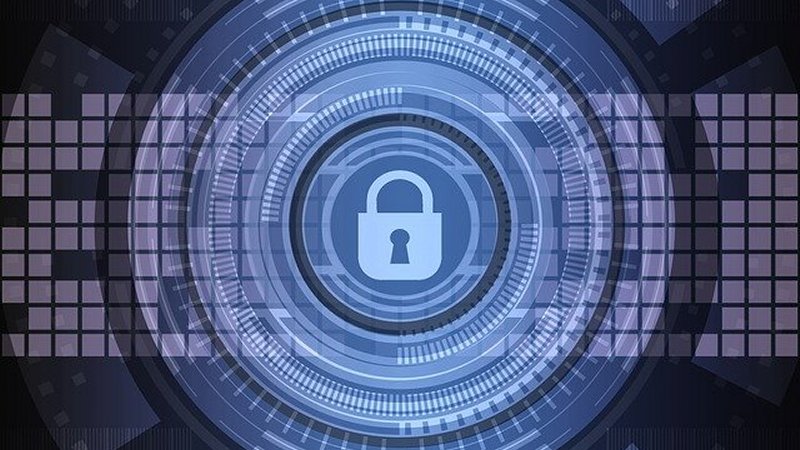Top 6 tips to secure your endpoints from cyber-attack
Endpoints are a key vulnerable point of entry for cybercriminals. Find out how to secure your endpoints with our top tips.
What is an endpoint?
An endpoint is any device that can be connected to a network and which communicates back and forth with this network. Examples of endpoints include computers, laptops, smartphones, tablets and servers. The list is vast and includes non-traditional items, such as digital cameras, smart watches and health trackers. It also includes Internet of Things devices, such as doorbells, and generally any device that can be connected to the internet.
Why is it important to secure your endpoints?
A recent report by IDC revealed that 70% of successful breaches originate at an endpoint. As such, they represent a key vulnerable point of entry for cybercriminals.
Your infrastructure is likely to be comprised of thousands of endpoints. These are susceptible to threats like malware and performance deterioration. One damaged endpoint can cause significant damage to your organization, including financial loss or downtime. Protecting your endpoints is therefore paramount.
Endpoint security has become an ever more pressing issue given the rise in remote working. Employees are now reliant on both their home network and personal devices to conduct business activities. These however often have weaker security provisions. Cybercriminals are taking advantage of this and using unsecured endpoints to gain access to your network.
Adopting an endpoint strategy is crucial to strengthening your overall security. We give our top tips below for improving your endpoint security.
How to secure your endpoints
There is no single solution to protect your business. Instead, it is best to adopt a holistic approach that provides multiple layers of security.
Review all your endpoints
Firstly, to develop an effective endpoint strategy, you need to determine all your endpoints. This in itself can be challenging as many businesses allow employees to bring their own devices (BYOD) and IoT devices like smart watches and personal mobile phones, making it difficult to regulate this infrastructure. We recommend that businesses think twice before implementing a BYOD policy and ensure they control and secure all devices they issue and use in the office.
Change default passwords
Many internet-connected devices come with default passwords that end users never change. Unfortunately, it is easy for attackers to get their hands on a list of default passwords. Changing the password is the best way to prevent hackers from accessing home networks through those devices.
Ensure your endpoints are secured
Endpoint protection is one of the most important aspects of keeping your company data safe. While many phones and computers come with some form of free antivirus software, it is not usually powerful enough to fully protect those devices. We recommend securing endpoints with advanced anti-virus software, VPNs and multi-factor authentication. These simple protections will go far in securing your data.
Implement patch and software updates
A software vulnerability is a security hole or weakness that is found in a software application or operating system. Hackers take advantage of this weakness to access your network.
Software updates and patches are important because they keep your devices secure and working properly. Patches and updates often come out when a new vulnerability has been discovered and needs to be fixed.
Key to protecting your endpoints is implementing all patch updates and ensuring your licensing reflects the latest in compliance and regulatory standards. Adopting a proactive approach to your patch management will help protect your systems from hackers. This includes proactive scans and scheduled timely patches.
Patch updates for vulnerabilities marked as ‘critical’ or ‘high risk’, should be implemented within 14 days of the update being released. Equally important is ensuring your employees regularly check their personal devices for updates.
Monitoring and Management
Organizations need to be able to see if an endpoint is running out of date software or requires patching for vulnerabilities. Without visibility, organizations leave their endpoints vulnerable. Using a single management console will make it easier to manage endpoints and gain visibility into them. Under a single management platform, organizations can easily view all the policies, alerts and data from their endpoints.
Mobile device management software (MDM) helps your team manage the increasing number of mobile phones that access company data. In addition, remote monitoring and management (RMM) tools give your IT team access to devices, regardless of their location. With RMM software, a remote “agent” is installed on each endpoint that feeds information back to the IT team. This way, the IT department can keep endpoints maintained and up to date, while regularly scanning them for any issues. If there are any breaches or issues, they are brought to IT’s attention so that they can solve them remotely, rather than needing the device in hand.
User education
The actions and precautions every employee takes are an essential part of ensuring the security of your network. Whether it is not clicking on a phishing link or using a more cryptic password, remote workers can do a lot to help. Many employees are not aware of the risks so training them on essential security protocols is paramount.
Summary
While having your employees work from home creates an added risk in terms of your IT security, it is likely that remote working is here to stay. This is why it is so important to secure your endpoints now and ensure you keep your company’s data safe.





